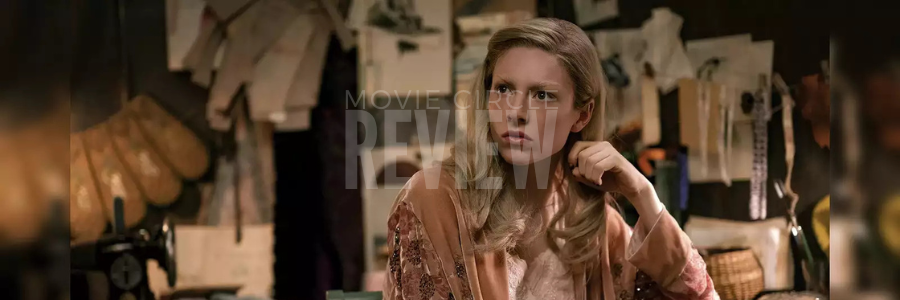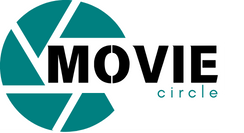Introduction
“The Ballad of Songbirds and Snakes,” a prequel to The Hunger Games series, dives deep into the origins of Coriolanus Snow, long before he became the tyrannical president of Panem. While it primarily explores dystopian themes, its visual storytelling has drawn comparisons to horror movie posters, emphasizing eerie aesthetics, dark undertones, and suspenseful imagery. This article will analyze how the film’s promotional materials reflect elements seen in classic horror movie posters and how it contributes to the evolving cinematic landscape.
The Ballad of Songbirds and Snakes – A Dark Tale Worth a Horror Movie Poster
Unlike The Hunger Games, which focuses on rebellion and survival, The Ballad of Songbirds and Snakes presents a more psychological exploration of power and manipulation. The film’s promotional artwork heavily utilizes dramatic contrasts, foreboding colors, and unsettling imagery—key traits often found in horror movie posters. The brooding presence of Coriolanus Snow, juxtaposed with the fragility of Lucy Gray Baird, mirrors the visual tension seen in classic horror movie posters such as Psycho or The Silence of the Lambs.
How Horror Movie Posters Influence The Hunger Games Prequel
Promotional designs for The Ballad of Songbirds and Snakes borrow heavily from horror movie posters, incorporating elements that elicit fear and anticipation. This includes:
- Dark backgrounds with ominous lighting
- High-contrast color schemes (e.g., gold and black, blood-red tones)
- Symbolic imagery (such as the snake, which evokes danger and deception)
These elements are reminiscent of horror movie posters from films like The Conjuring and Hereditary, which use minimalist yet disturbing visuals to create unease.

Evolution of Horror Movie Posters in Dystopian Cinema
Traditionally, horror movie posters have evolved from exaggerated, hand-painted depictions of monsters (seen in classic Universal horror films) to modern, photo-realistic designs that focus on psychological terror. Dystopian films, although not purely horror, have increasingly borrowed from this aesthetic. The Saw franchise, for instance, uses stark, distressing imagery to provoke discomfort—an approach echoed in The Ballad of Songbirds and Snakes‘ poster art.
The evolution of horror movie posters has led to their influence beyond the horror genre, seeping into thrillers and dystopian narratives. The Ballad of Songbirds and Snakes capitalizes on this trend, using shadowed compositions and gothic symbolism to enhance its dark atmosphere.
The Visual Aesthetic – From Classic Horror to Modern Dystopia
One of the standout elements in horror movie posters is their ability to convey fear without revealing too much. This technique is mirrored in The Ballad of Songbirds and Snakes, where the focus remains on psychological tension rather than outright horror. The poster design, featuring close-ups of characters with enigmatic expressions, mirrors films like It Follows and Get Out, where unease is created through subtleties rather than grotesque imagery.
The snake motif, a recurring visual in the film’s artwork, aligns with horror movie posters that incorporate sinister creatures as metaphors for unseen threats. Just as Jaws utilized the shark’s fin to symbolize impending doom, the coiled serpent in The Ballad of Songbirds and Snakes suggests betrayal, danger, and hidden agendas.
Marketing Strategy: Horror Aesthetics for a Dystopian Audience
Why would a dystopian film borrow from horror movie posters? The answer lies in audience engagement. Horror visuals attract attention because they evoke strong emotional responses—fear, curiosity, and intrigue. By integrating horror aesthetics, The Ballad of Songbirds and Snakes taps into a broader market, appealing not just to The Hunger Games fans but also to those drawn to suspenseful, eerie storytelling.
The Psychological Impact of Horror-Themed Promotion
The use of horror movie posters in marketing dystopian narratives isn’t just about aesthetics—it’s psychological. Dark imagery triggers subconscious associations with tension and unpredictability, compelling audiences to seek out the film for its perceived intensity. Studies show that horror visuals increase adrenaline levels, making them an effective tool in creating anticipation for a movie’s release.
A Modern Example of Horror Influence
Another example of horror influence in non-horror films is Joker (2019). The movie’s poster, featuring Joaquin Phoenix’s character bathed in ominous lighting, mirrors the eerie composition of horror movie posters like The Exorcist. Similarly, The Ballad of Songbirds and Snakes uses this approach to emphasize the film’s moral ambiguity and dark themes.
Conclusion
The Ballad of Songbirds and Snakes redefines dystopian storytelling by integrating visual cues inspired by horror movie posters. The film’s promotional materials leverage dramatic lighting, minimalist symbolism, and unsettling imagery to create an atmosphere of psychological unease, making it stand out from typical action-driven dystopian narratives. As horror aesthetics continue to influence multiple genres, we may see more films IMDB adopting the chilling appeal of horror movie posters to elevate their storytelling.
Call to Action
What do you think about The Ballad of Songbirds and Snakes‘ visual style? Do you see similarities with horror movie posters? Let us know in the comments below!
